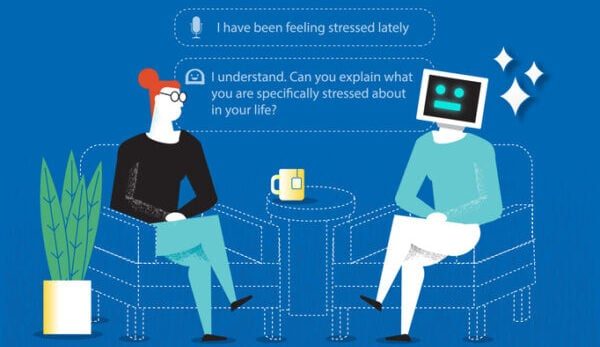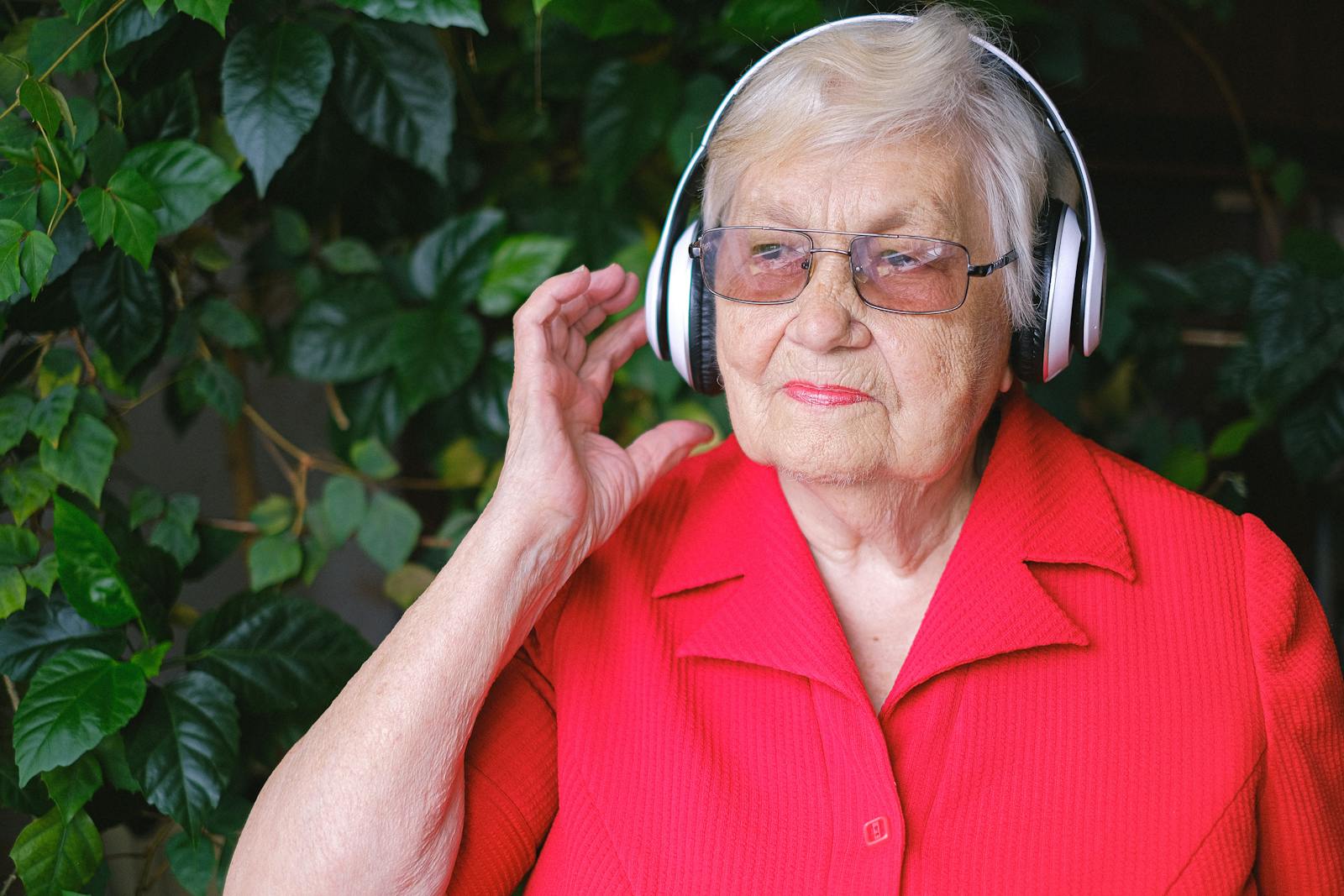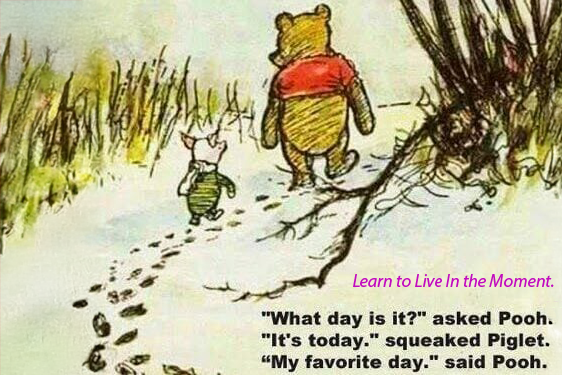

In Canada, one in 10 children live with a neurodevelopmental disability, and many families pay out-of-pocket for services. A recent report points to two reasons: limited access to interventions and income thresholds that fail to account for the real cost of caregiving.
“We were on the waitlist … My daughter was diagnosed at two and a half years and she finally got funding when she was five,” said a parent in Ontario who participated in a study by the University of Calgary’s Disability Policy Program and McGill University, commissioned by Kids Brain Health Network (KBHN).
The health-care system doesn’t fully cover the costs, leaving parents urgently seeking ways to support their children. “Our income limits how much help we can access, yet due to medical expenses, we’re working nonstop to pay for his [their child’s] expenses,” said another study participant in Saskatchewan.
A growing movement – impact investing, in which investors seek minimal financial returns and focus on creating social good – offers a new way to fill gaps left by traditional funding.
Scientific discoveries take almost two decades to become widely available solutions, in part because there is no strong mechanism for spreading and scaling them. Bringing in private investment to accelerate this process is often stigmatized. It is time for Canada to adopt an impact investing model to ensure taxpayer-funded innovations reach families more quickly.
Impact investing leverages venture capital tools: rigorous vetting, market assessments and scalability analysis to guide funding and venture philanthropy decisions. Investors generate social impact, and profits can be reinvested into the fund (an “evergreen model”) to expand programs for children and families.
Countries such as the United States and the United Kingdom have seen success with impact investing, and Canada can follow suit.
One project example is Social ABCs, a parent-coaching program for toddlers with autism. Backed by early public funding, Social ABCs has shown remarkable improvements in communication and social skills. With impact investment, programs like this could be scaled beyond pilot sites and made accessible to families nationwide.
KBHN is leading the shift to support children with neurodevelopmental disabilities through the launch of the Kids Brain Health Innovation Fund (KBH-IF). Together with the Kids Brain Health Foundation (KBHF), these three entities, known collectively as KBH+, are building a diverse funding infrastructure to bring services to families in an expanded, ethical and accessible way.
Impact investing allows me to see both social progress and financial accountability.
“As a parent of a child with autism, I want my investments to reflect my values. Impact investing allows me to see both social progress and financial accountability,” said David Kuik, an angel investor and Board Director of KBH-IF.
With a combination of federal funding (to KBHN) and donations (to KBHF), KBH+ supports project teams implementing discoveries into practice. At the same time, investments through KBH-IF, and the returns they generate, create a viable and impactful strategy for expanding reach.
Impact investing is an engine in which values meet results. We know that investors, particularly those with personal experience of neurodevelopmental disabilities, are seeking opportunities to align their passion with meaningful change.
As a parent in Manitoba who participated in the study put it: “The waitlists are way too long currently to make support helpful when it is needed. By the time we get to the top of the list, either the support is no longer needed, or the situation has gotten worse.”
We must stop asking whether venture capital belongs in bringing scientific innovations to families and start focusing on how to partner and leverage these opportunities more effectively. When grounded in rigorous science, driven by social good and informed by lived experience, impact investing becomes a force, not a thing to fear, for significant change.
—
Previously Published on healthydebate.ca with Creative Commons License
***
–
The world is changing fast. We help you keep up.
We’ll send you 1 post, 3x per week.
Join The Good Men Project as a Premium Member today.
All Premium Members get to view The Good Men Project with NO ADS. Need more info? A complete list of benefits is here.
—
Photo credit: iStock
Disclaimer: This story is auto-aggregated by a computer program and has not been created or edited by healthlydays.
Publisher: Source link











